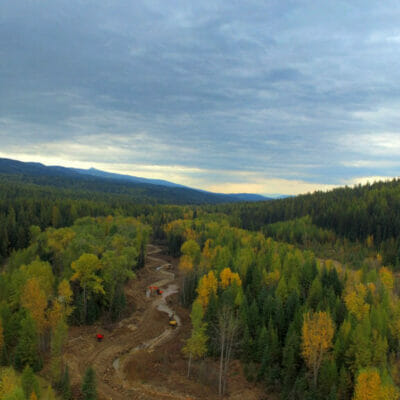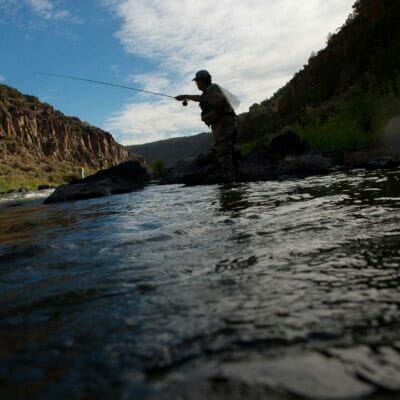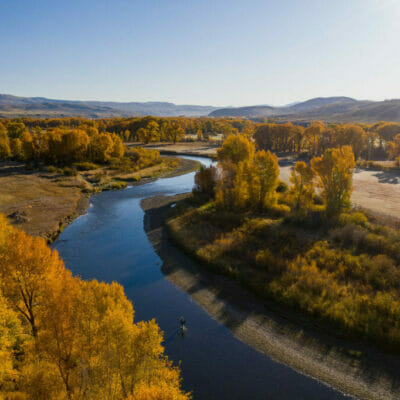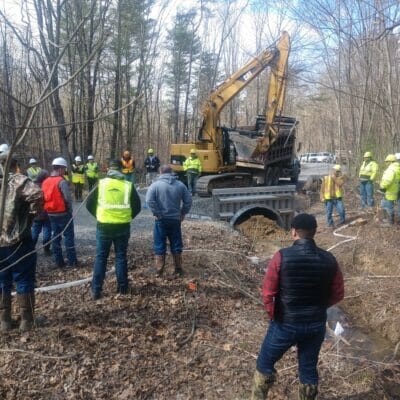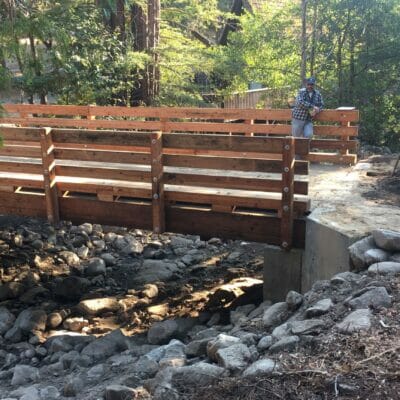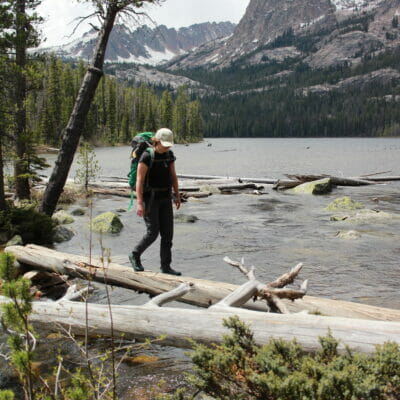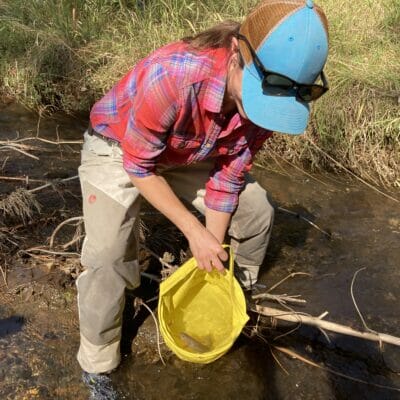Work is ramping up again as the Ninemile Creek restoration enters its fifth phase. And this one is a big one as workers prepare to bring in the bulldozers, excavators and haul trucks. “This particular reach of Ninemile Creek was significantly altered, destroyed, even by Ninemile standards,” said Paul Parson, Clark Fork restoration coordinator for…
Restoration work on the Upper Rio Grande that starts in southwest Colorado and flows on into New Mexico and beyond has been a focus of TU’s for multiple years.
Editor’s note: Water in the West is at a defining moment with severe drought and climate change upending decades of management practices and creating the need to find common ground so all users can benefit. Read or listen to learn more about how conflict can lead to collaboration in the second installment of our Western Water 101…
by Mark Taylor | May 20, 2021 | Barriers
One of Trout Unlimited’s important partners in Pennsylvania is the Center for Dirt and Gravel Roads Studies at Penn State. TU recently caught up with Steve Bloser, the Center’s director, for a Q&A.
A longtime landowner’s love of his rural California land and the tiny steelhead stream that flows through it is key to the success of a challenging TU-led fish passage project.
“For me and my research specifically I want to make people aware of the number of fish that use to be in these lakes. We can fall into a trap of seeing a couple of hundred of fish after years of seeing a few and think things are good,” she said. “It is important to understand dramatic measures will need to be taken to restore these fisheries.”
The new programs and authorizations under the Water for Conservation and Farming Act are designed to invest in the nexus between our agricultural sector and healthy, free-flowing streams.” ~TU’s Chrysten Lambert
